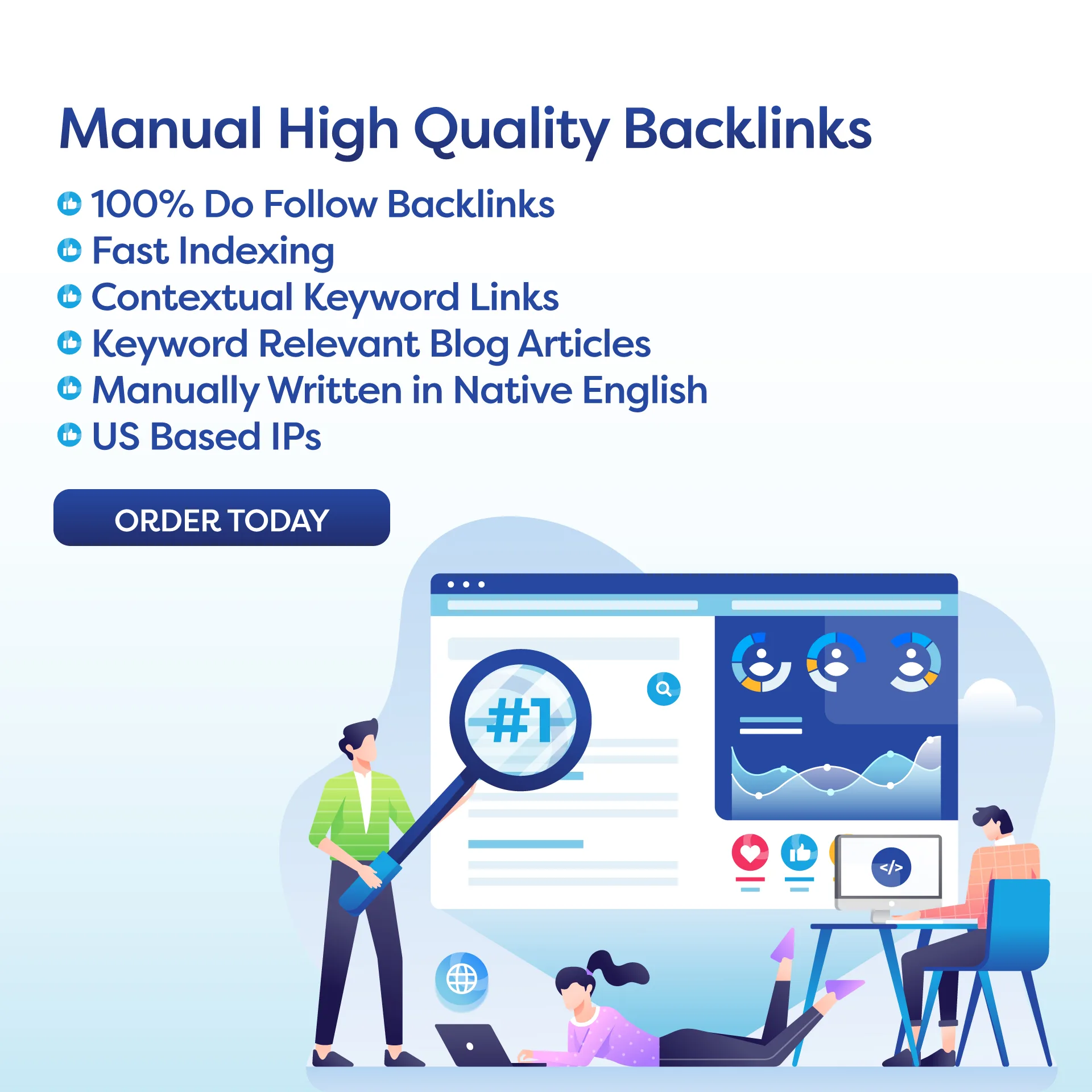Discover how strategic website design in Hickory, NC can elevate small businesses, boosting online visibility and customer engagement.
Table of Contents
Introduction
In the vast expanse of today’s digital marketplace, the significance of website design cannot be overlooked. For small businesses, a well-conceived website acts as the cornerstone of their online presence, often serving as the first point of interaction with potential customers. The challenges of competing with larger corporations in the digital space underscore the importance of a strategic approach to website design, one that leverages unique strengths and addresses the specific needs of smaller entities.
Small businesses face a distinct set of challenges and opportunities when it comes to establishing their digital footprint. Unlike their larger counterparts, small businesses often operate with limited resources, making it crucial to prioritize aspects of website design that offer the highest return on investment. However, this limitation also presents an opportunity to craft a more personalized, engaging online presence that reflects the unique character and values of the business.
The importance of a well-designed website extends beyond mere aesthetics. It is a powerful tool for establishing online credibility and attracting customers. A website that is intuitive, informative, and visually appealing can significantly enhance the user experience, encouraging visitors to explore your offerings and engage with your brand. In essence, effective website design serves as a silent ambassador for your small business, conveying professionalism and competence in a crowded digital landscape.
Key Components of Effective Website Design for Small Businesses
Understanding and implementing the key components of effective website design in Hickory, NC can set the foundation for a small business’s online success. These components not only enhance the aesthetic appeal of a website but also improve its functionality and user experience, crucial aspects that influence customer perception and engagement.
User-Friendly Navigation is the backbone of a positive online experience. For small businesses, creating a website with intuitive layout and navigation ensures that visitors can easily find what they’re looking for, which is essential for keeping them engaged and interested in your offerings. This includes a well-organized menu, clear categories, and a search feature for direct access to specific information or products.
Responsive Design has become a non-negotiable aspect of website development, given the diversity of devices used to access the internet. A website that adapts seamlessly to smartphones, tablets, and desktops is crucial for reaching a wider audience. Responsive design ensures that your website is accessible and appealing across all devices, providing a consistent and satisfying user experience regardless of screen size.
Content and SEO play a pivotal role in attracting and retaining visitors. High-quality, relevant content not only engages users but also establishes your business as an authority in your field. Incorporating basic SEO (Search Engine Optimization) principles, such as keyword integration, meta descriptions, and alt text for images, can significantly improve your website’s visibility in search engine results. This increased visibility drives more traffic to your site, opening up opportunities for customer conversion and business growth.
For small businesses aiming to carve out their niche in the digital space, these components of website design are instrumental. They not only enhance the aesthetic and functional aspects of a website but also contribute to a strategic online presence that attracts and engages customers effectively.
Strategies for Developing Your Small Business Website
The journey to creating an impactful website for your small business encompasses several strategic considerations, each tailored to maximize engagement and convert visitors into loyal customers. A deep understanding of your audience is the foundation upon which successful website design is built. This knowledge allows for the customization of design and content to meet the specific needs and preferences of your target market, ensuring that your website resonates with the very individuals you aim to serve.
Incorporating branding and visual elements into your website’s design is crucial for creating a memorable visual identity. These elements, from your logo to the color scheme and typography, should be consistent across all pages, reinforcing your brand’s identity and values. This visual consistency not only aids in brand recognition but also fosters trust and credibility among your audience.
The decision between utilizing professional help and opting for DIY website builders is a significant crossroad for many small businesses. Professional designers can offer bespoke solutions and insights drawn from years of experience, potentially elevating your website beyond the capabilities of a template. However, the cost may be prohibitive for some. On the other hand, DIY website builders provide a more accessible and budget-friendly option, offering a plethora of design templates that can be customized to a certain extent. Weighing the pros and cons of each, in relation to your specific needs and budget, is essential for making an informed decision.
Budgeting for website design emerges as a pivotal consideration in this process. Allocating funds effectively requires a clear understanding of your website’s objectives and the features necessary to achieve them. Small businesses must navigate the delicate balance between financial constraints and the investment required to develop a website that truly drives growth and engagement.
Developing your small business website is an iterative journey of understanding your audience, crafting a cohesive brand identity, making informed decisions on professional help versus DIY solutions, and strategically budgeting to meet your goals. Each step is integral to creating a website that not only looks professional but also aligns with your business objectives, engages your target audience, and sets the stage for sustained growth and success in the digital realm.
Maximizing the Impact of Your Small Business Website
The culmination of crafting a website for your small business is not just about bringing it to life but ensuring it continually evolves to meet the needs of your customers and your business. This final section provides actionable insights and answers to common queries, empowering small businesses to maximize their website’s impact.
FAQ Section
What is the best website design for small businesses? The best website design for small businesses is one that is user-friendly, responsive, and reflective of the brand’s identity. It should prioritize ease of navigation, fast loading times, and be optimized for search engines to effectively reach and engage your target audience.
How often should a small business update its website? A small business should update its website at least once every two to three years, with regular content updates and security checks. Staying updated with the latest design trends and web technologies ensures your website remains relevant and secure.
Can effective website design really help in growing a small business? Yes, effective website design can significantly help in growing a small business by improving visibility, enhancing user engagement, and building credibility with potential customers. A well-designed website can turn visitors into customers by providing them with a seamless user experience and easy access to the information they need.
How much does it cost to design a website for a small business? The cost to design a website for a small business can vary widely, depending on the complexity of the site and whether the work is done in-house or contracted to a professional designer. Costs can range from a few hundred dollars for a basic DIY website to several thousand dollars for a custom-designed site with advanced features.
Analytics and Improvement
Leveraging website analytics is crucial for continuously improving and adapting your website. Tools like Google Analytics can provide insights into how visitors interact with your site, which pages are most popular, and where improvements can be made. By analyzing this data, small businesses can make informed decisions about content updates, design changes, and marketing strategies to better meet customer needs and drive business growth.
Maximizing the impact of your small business website involves ongoing effort and adaptation. By staying informed, embracing analytics, and being responsive to the changing needs of your audience, your website can remain a powerful tool for business success.


